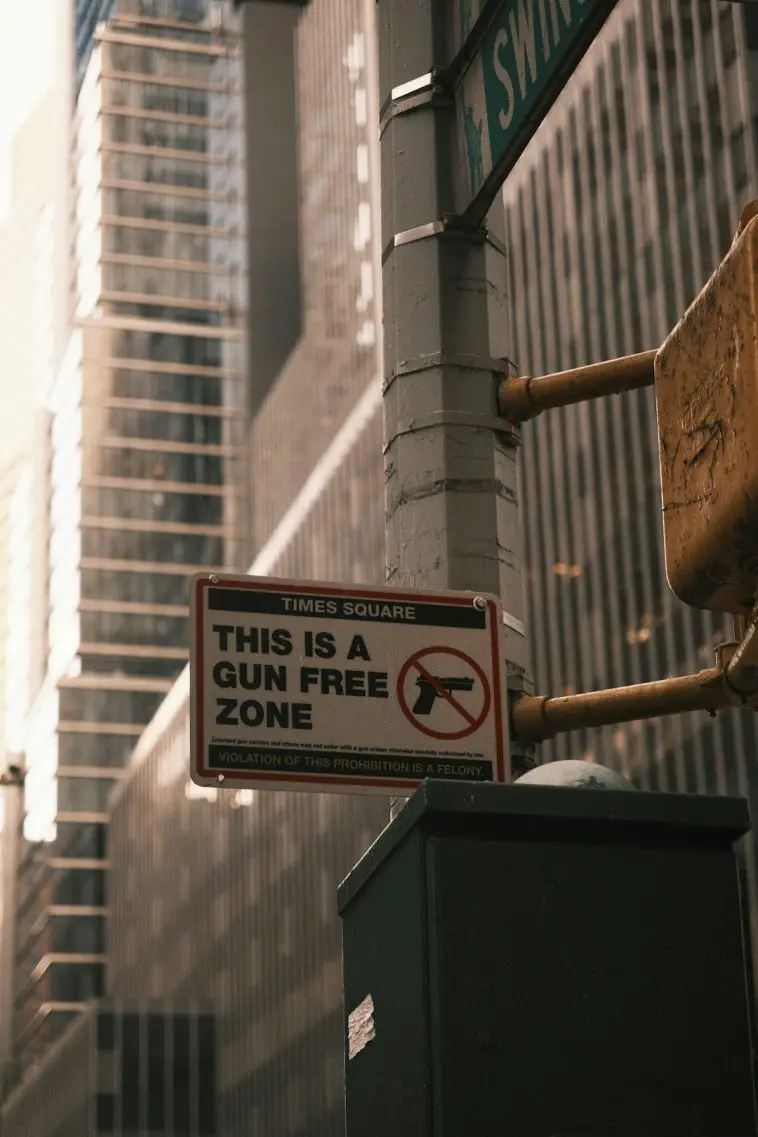Do you believe that gun-free zones make people more vulnerable to attacks?
Gun-free zones, intended as sanctuaries of safety, have become a focal point of debate in the discussion on gun control and public safety. From a conservative perspective, these zones not only fail to provide the security they promise but also inadvertently create environments where law-abiding citizens are left defenseless against potential threats. Here’s why gun-free zones are ineffective and why a different approach is needed to ensure the safety of American citizens.
False Sense of Security
The primary flaw of gun-free zones is the false sense of security they create. By designating certain areas as gun-free, the expectation is that these spaces will be free from violence. However, this assumption fails to account for the behavior of criminals, who by definition, do not adhere to the law. Gun-free zones merely signal to potential perpetrators that law-abiding citizens in these areas will be unarmed and vulnerable, making these zones attractive targets for those intent on committing acts of violence.
Empirical Evidence of Failures
Empirical evidence highlights the failure of gun-free zones to prevent mass shootings and other violent crimes. Many of the most tragic mass shootings in recent history have occurred in designated gun-free zones, including schools, theaters, and workplaces. The absence of armed resistance in these areas often allows attackers to inflict maximum harm before law enforcement can intervene. This pattern underscores the need to reassess the effectiveness of gun-free zones in protecting public safety.
Disarming Law-Abiding Citizens
Gun-free zones disarm law-abiding citizens who could potentially stop or mitigate the impact of a violent attack. Responsible gun owners, who have undergone background checks and training to carry firearms legally, are prevented from exercising their right to self-defense in these areas. This restriction leaves them and others in the vicinity defenseless and at the mercy of armed criminals. Allowing law-abiding citizens to carry firearms in these areas would enhance their ability to protect themselves and others.
Deterrent Effect of Armed Citizens
The presence of armed citizens can serve as a powerful deterrent to potential attackers. Criminals are less likely to target areas where they know they may encounter armed resistance. States with permissive concealed carry laws often experience lower rates of violent crime, as the uncertainty of facing an armed defender makes criminal activity riskier. Extending this deterrent effect to currently designated gun-free zones could help reduce the likelihood of violent incidents occurring in these areas.
Practical Alternatives to Gun-Free Zones
Rather than relying on ineffective gun-free zone policies, a more practical approach would involve enhancing security through other means. This could include increased investment in security personnel, improved surveillance systems, and the implementation of active shooter response training for employees and students. Additionally, allowing trained and licensed individuals to carry firearms in these areas would provide an immediate line of defense against potential threats.
Upholding Constitutional Rights
The Second Amendment of the United States Constitution guarantees the right of the people to keep and bear arms. Gun-free zones infringe upon this right by imposing restrictions on where law-abiding citizens can carry their firearms. Upholding the Constitution means ensuring that individuals can exercise their right to self-defense without undue limitations. Eliminating gun-free zones would align with this fundamental principle and reinforce the importance of protecting constitutional rights.
Addressing Misconceptions
Opponents of eliminating gun-free zones often argue that the presence of more firearms will lead to increased violence and accidents. However, this perspective overlooks the responsible behavior of legal gun owners. Data shows that individuals who undergo the necessary background checks and training to carry firearms legally are among the most law-abiding citizens. Rather than contributing to violence, they enhance public safety by providing a potential means of defense in dangerous situations.



